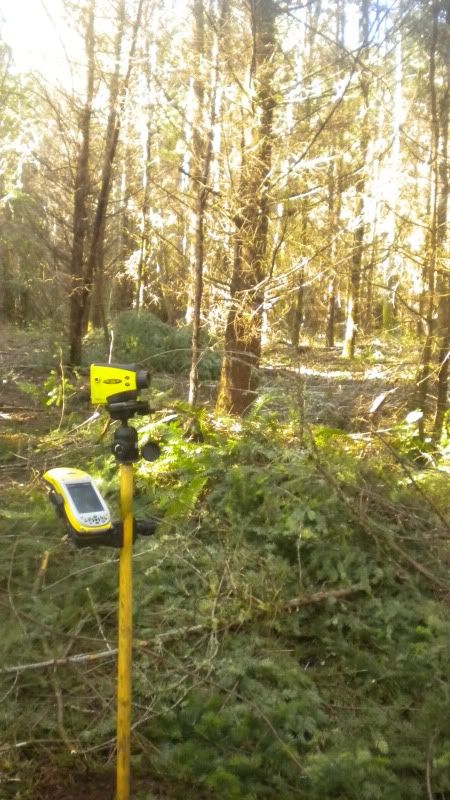RandyMac
Stiff Member
I was almost arrested for carrying a piece of string.

Get a Cruiser's Crutch or some prisms. They'll pay for themselves in a few trees. If you know what the landowner wants the stand to look like later, why mark anything if you can meet the goals up front? Later, when you're rich as hell from your successful projects drop the preposterous cash on a Relaskop; it really is a great tool but it really does cost way more than it's worth.
I see you took the job. Excellent work, as usual. Carry on smartly!
Aaa, Jameson, you cannot let unmarked timber slow you down. I have cut alot of tracts that where 12'' and above, 14, 16,20 bla bla bla. Usually that is the rule when the timber is not marked. put a scratch on your bar to help measure, but don't fret if you cut a few 12 inchers. I find that in the woods, what looks like a 10 incher is usually more than a foot. . .
Way to go Jameson! Nice pics man!
Yeah you'll get used to it fast, and how to work your patch to keep things rolling smoothly. If you are concerned about the diameter, you can also make yourself a string that is the right length for your diameter, hence "hug 'em and cut 'em".
So much for silviculture, welcome to hardwood logging.
I do this -- I have a length of parachute cord with knots tied at all of the important distances. It's cheap, lightweight, and effective. DOOO EEEEEETTTT.

The laser pointers are in fact quite practical. The price was last year approx 300 USD. Gator Eyes


I roll pro when I can -- this is the gear I carry right now:
Only difference is that my rangefinder is a 200b rather than a 360b, which means it lacks the built-in compass. I hope to get a 360b ASAP, Boss Willing. The "b" stands for Bluetooth, which means the doohickey automatically sends its data to the GPS unit. With my setup, the only thing I have to enter manually is the azimuth.
Here it is on a pole of my own design which incorporates a camera tripod ball head and a locking platform for the GPS:
As you can imagine, circular plots are pretty much effortless. The tripod head has degrees marked on it, so I simply align the rangefinder to North when I establish a plot, and read the numbers as I turn the head. I only need to look at the compass once. I won't even have to do that once I get a 360b.
I roll pro when I can -- this is the gear I carry right now:

Enter your email address to join: